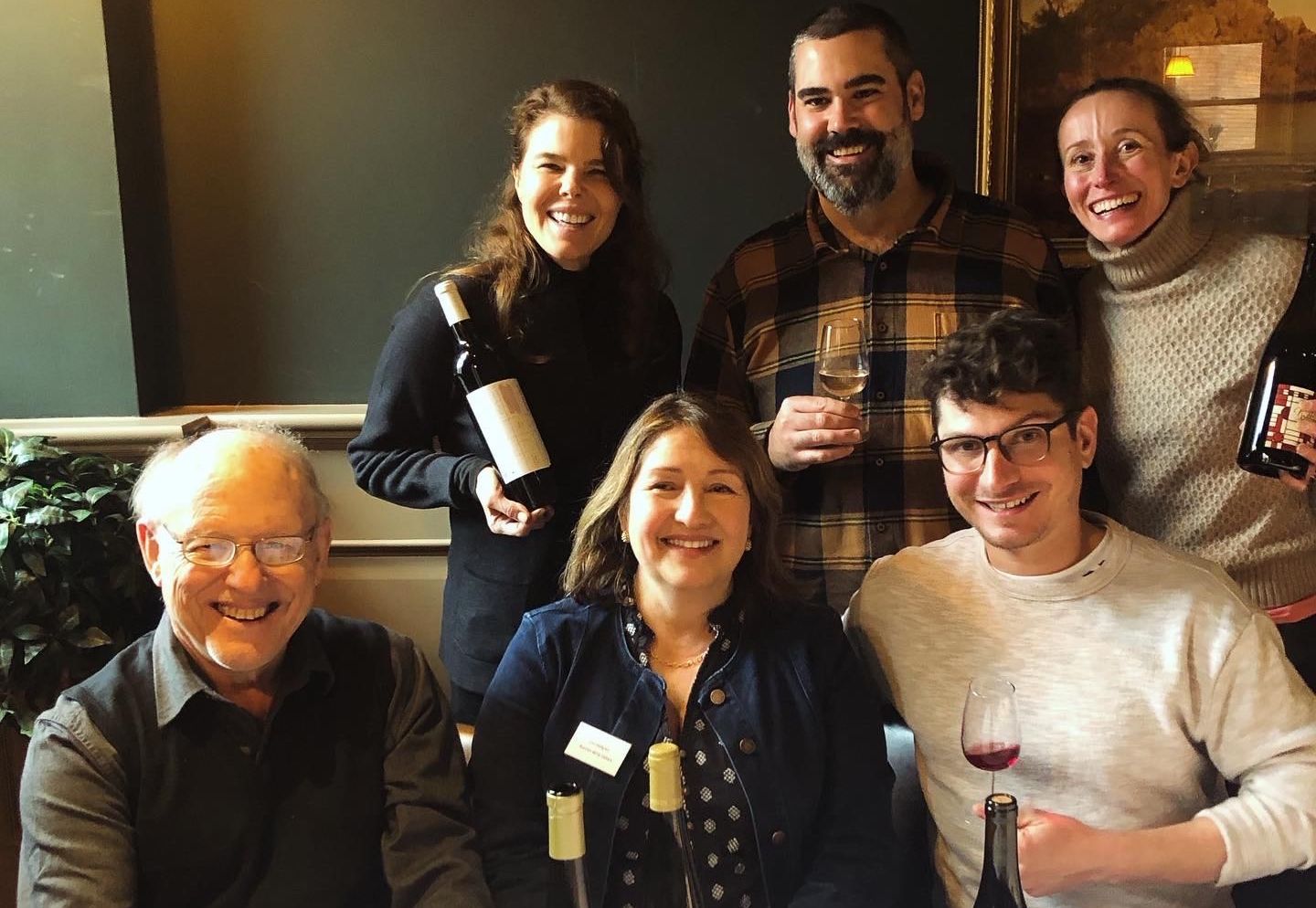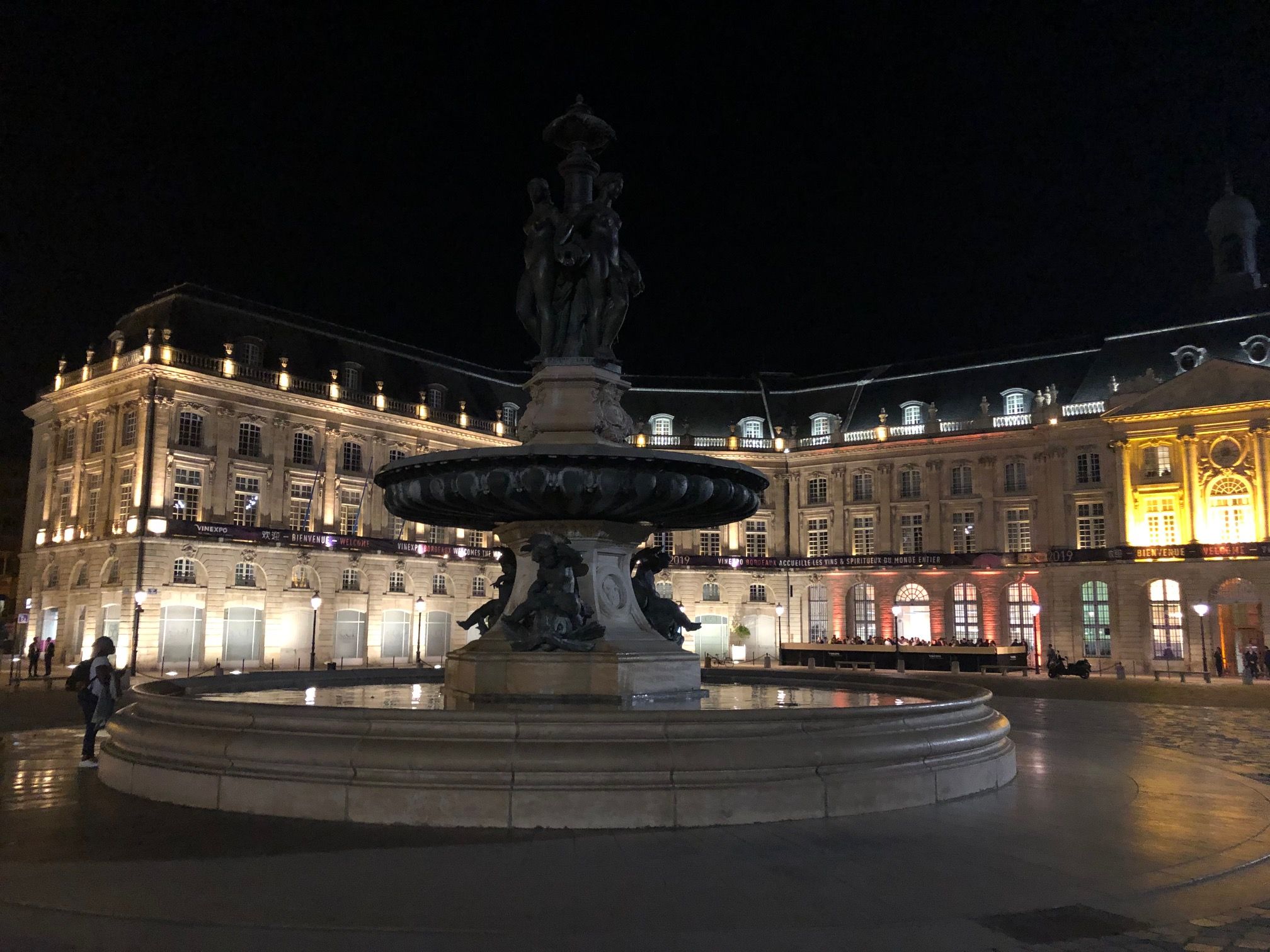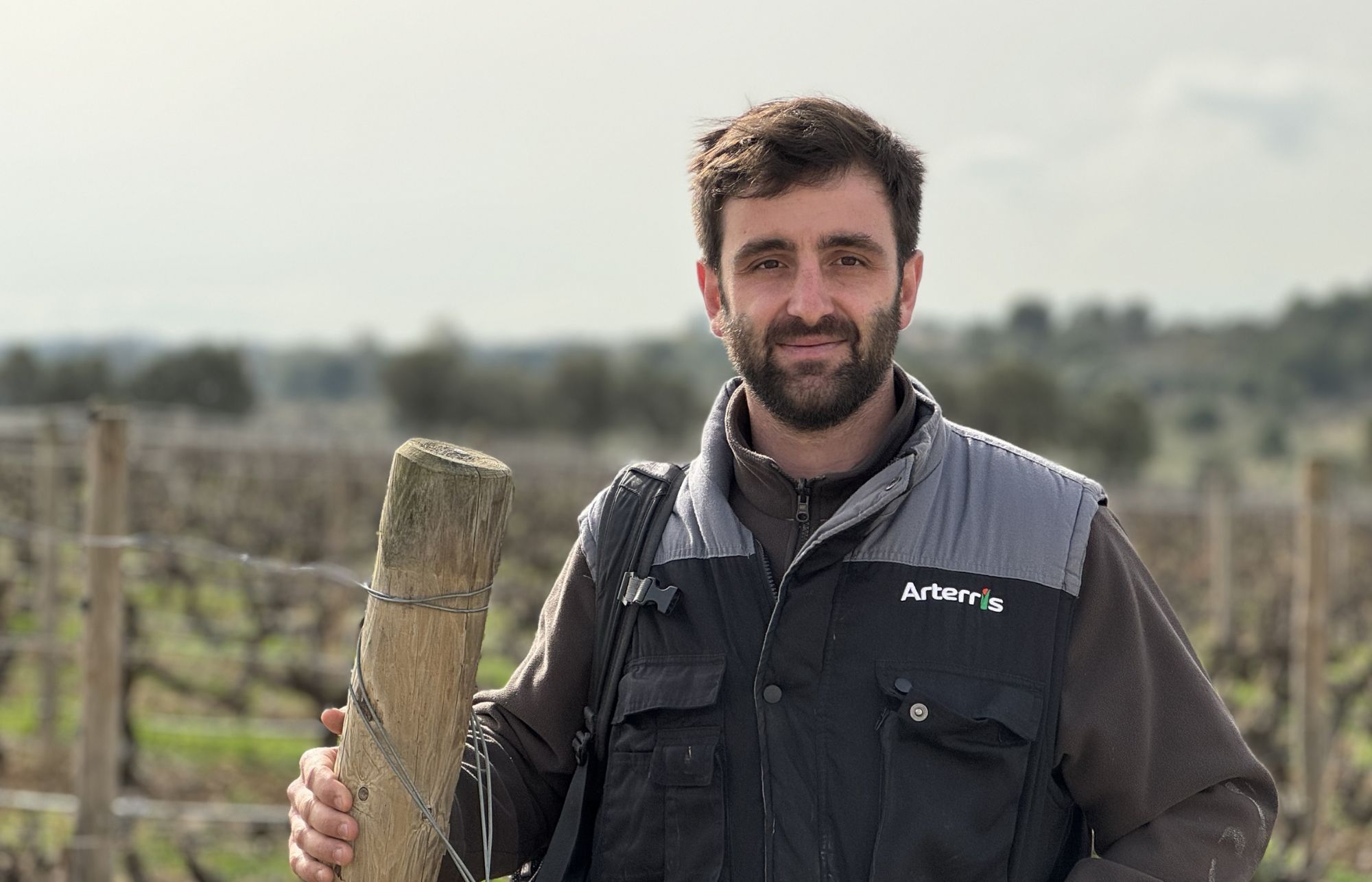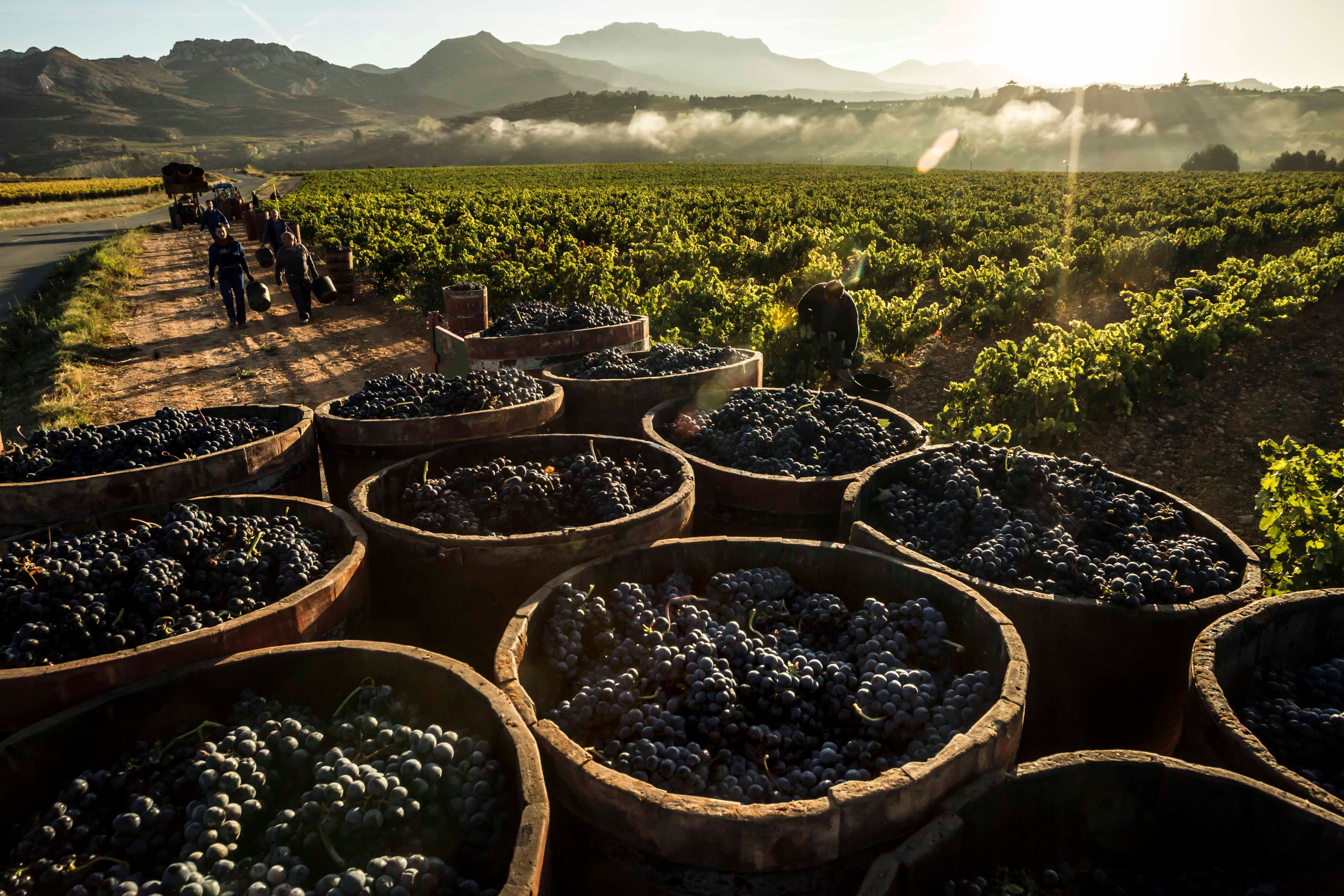MJ Wine Cellars has seen demand for its wines go up and up over the last couple of years as the trade and public alike have woken up to the idea of exploring and drinking ever more diverse and interesting wines. Which has provided a platform for female winemakers in particular, says owner Mags Janjo.
You have built up a strong range of female winemakers as part of your portfolio – how and why have you done that?
We didn’t set out to go and find female winemakers. I guess it was just a lucky accident. We did, however, want to have as diverse a range as possible, so I suppose we weren’t traditional buyers in a sense. We went into the market with no prejudice, no preconceived notions, and just looking for great wine at great value, no matter where it came from or who made it.
How many wines do you have from female winemakers and how you have developed the range?
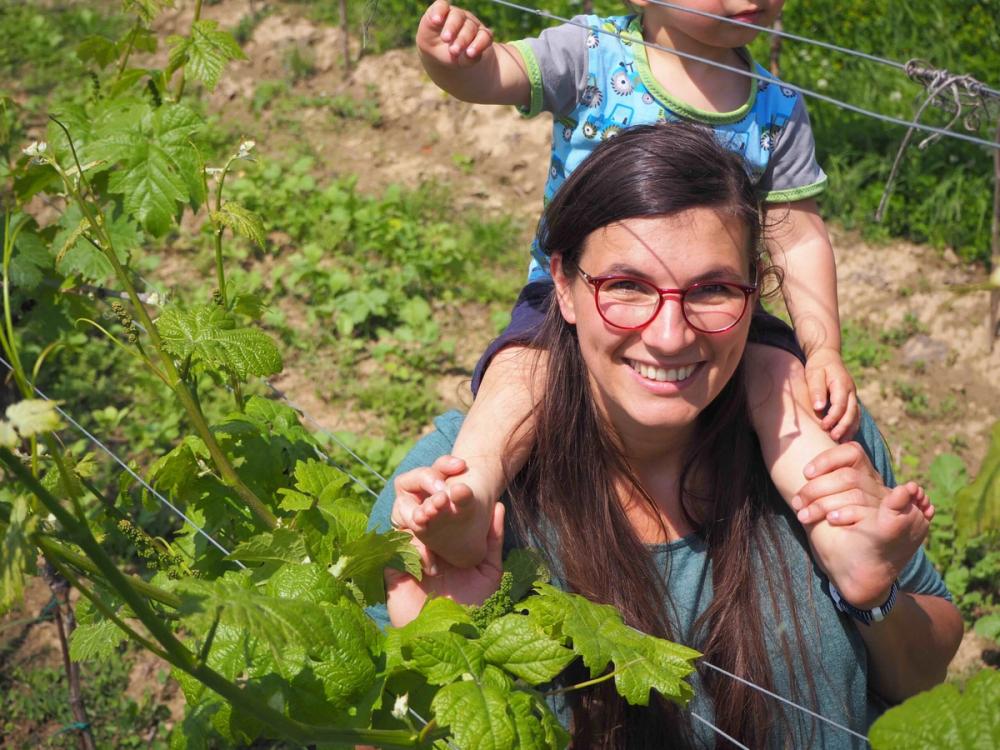
Sarah Mantler and her husband Thomas are behind the‘Blütenreich’ Austrian range that MJ Wine Cellars imports
Twenty eight per cent of our list is made up of female winemakers, a figure we are particularly proud of. We expect that number to be closer to 35-40% by the end of the year. It doesn’t stop at winemaking, though. I think having strong female input should be holistic. For example, the labels for our ‘Blütenreich’ Austrian range were designed by the brilliant Sarah Mantler, wife of Thomas Mantler (winemaker). Csilla Sebestyén from Szekszárd, is the brilliant export manager of Sebestyén Wines. So, while we are proud of our female winemakers, we are even prouder of all the other roles carried out by strong female characters, which allow us to import these delicious wines.
Any particular producers you would like to talk about?
It’s always so unfair to pick out one producer from the range. They all serve entirely different purposes and comparing a Cabernet Sauvignon to a Cserszegi is incredibly unfair. But here goes nothing…For freshness and for wandering off the beaten track, then Sebestyén Winery in Szekszárd are a must try. Ntsiki Biyela makes Aslina Wines, which must be one of our crown jewels. She’s a multi-award-winning winemaker with an incredibly inspiring story of being South Africa’s first black female winemaker.
How do you go about deciding which new producer or winemaker to work with – what criteria do you use?
The quality must be up to scratch. Everything, from our £8.99 Pinot Grigio to our Grand Cru Frankstein Alsace, must have the right quality. Then the commercials must also make sense. Having been in the trade for over 10 years, I’d like to think I’ve got a good feel for what quality works at what outlet and at what price. The people behind it, the winemaker’s story, their history, all of these help sell the wine, but aren’t defining factors. We won’t list overpriced, sub-par wine because it has a “cool” story.
Are you still looking to take on more female winemakers? If so from which countries and regions?
Absolutely. Without giving too much away, we are currently in the early stages of discussions with two non-European female winemakers.
Do you find your customers are looking for a more diverse and inclusive list of producers to work with?

Mags Janjo taking part in a recent The Buyer debate on Bordeaux wines
Totally. This has certainly been my experience over the last 24 months, where customers are reaching out – be it consumer or trade – and actually asking the question “what wines do you have from non-traditional producers?”.
How is your business overall – have you made any changes during the last two years to adapt to the changing market?
The business I run now and what I had in my business plan couldn’t be further apart. There are a few overlaps for sure, but it has morphed into something more dynamic that is equal parts terrifying and exciting.
I’d originally set out to broker and create blends for the larger players in the industry. That was reasonably successful, and I could have continued doing that and growing that part of the business. Covid obviously brought with it its own unique set of challenges and opportunities. The trend looked like people staying home and ordering wine online, so we slowly began importing stock for wholesale and retail. But, of course, we were importing in a post-Brexit, Covid-19 world which was just utterly chaotic. We have certainly seen an upward turn over the last couple of months, and long may that continue.
How would you describe your range in terms of the philosophy and trading strategy behind it?
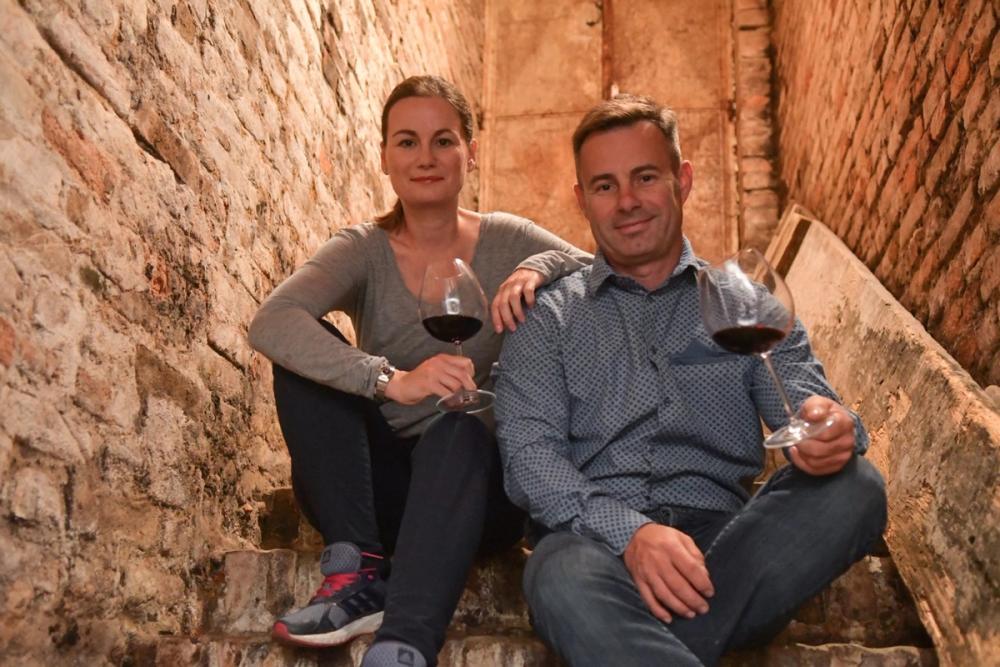
Csilla and Csaba Sebestyen of Sebestyén Wines
I started out working with small, artisan producers, all of them being family owned. That brief has not changed at all since inception. As I mentioned earlier on, making sure the commercials worked, that the winery was financially sustainable and could be paid a fair price, and that we worked our socks off for them. It hasn’t been without its challenges, but it has been amazing to be back at tastings and events, with the opportunity to pull some corks and revisit our wines. It just reminds us of why we got into this in the first place.
Who are your customers and are you looking to target any specific areas more?
We really are blessed to have a range. What the last few years have taught us is that you cannot have all your eggs in one basket. We do a tiny amount to the on-trade, but also work in the off-trade, with independents, and have a different arm of the business for bulk wine, and white labels for the multiple retailers and supermarkets.
What trends are you seeing in terms of countries, regions and styles that are in demand?
We set out to import the eclectic. We started with Austria and Eastern Europe, a few bits for Hungary, Greece, and Cyprus. Initial reception was slow, but the uptake has been incredible especially when we’ve had the opportunity to show this at events.
- If you want to find out more about MJ Cellars go to its website here.


